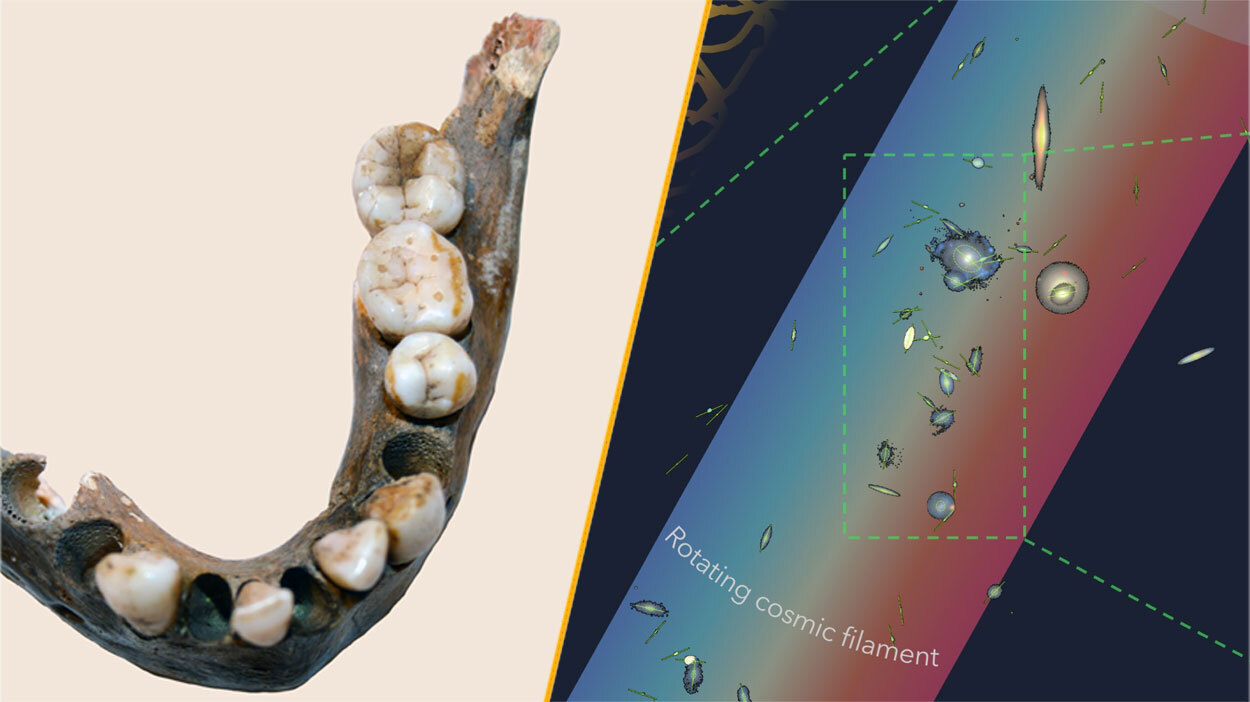Do Great White Sharks Grow Forever?
A marine scientist is dwarfed by what is being called the biggest shark ever caught on camera in a recent video taken near Mexico's Guadalupe Island. How did this 20-foot-long (6 meters) great white Internet sensation become such a behemoth?
Named Deep Blue, the female shark made a colossal impression in video clips shared on Facebook by shark researcher Mauricio Hoyos Padilla, director of Pelagios-Kakunjá A.C., a nonprofit organization that focuses on sharks and other open-water species. Underwater footage shows Deep Blue circling a shark cage holding Padilla and other divers. (Another video of this huge shark showed the animal giving what some called a "high five" to cage divers.)
Even though great white females are typically larger than males, they average just 15 to 16 feet (just under 5 m) in length. Deep Blue's exceptional size, it turns out, is probably a combination of genetics and environment, experts say. [See Stunning Images of Great White Sharks]
Slow and steady growth
Great white sharks need decades to reach adult size, and they continue to grow throughout their lifetimes. So, a much-bigger-than-average shark, like Deep Blue, is likely an older shark.
In fact, Gregory Skomal, a fisheries biologist at the Massachusetts Division of Marine Fisheries, and his colleagues found great whites grow even more slowly than scientists had thought: The biologists' research, published in January in the journal Marine and Freshwater Research, suggested males take 26 years to reach sexual maturity, whereas females aren't ready to have babies until they're about 33 years old — much later than once thought. That study also showed that great whites could live to be at least 73.
Padilla estimated that Deep Blue was about 50 years old, based on her size. Skomal's study hints that there may be much older sharks than Deep Blue out there, and they could be even bigger.
Get the world’s most fascinating discoveries delivered straight to your inbox.
After reaching maturity, white sharks' growth slows — but it doesn’t stop.
A number of factors influence shark growth and could have contributed to Deep Blue's unusual size, said Neil Hammerschlag, research assistant professor at the University of Miami's Rosenstiel School and Abess Center. Genetics certainly play a part; some individuals are naturally predisposed to be larger, and great white females are typically bigger than males, Hammerschlag said.
Environment and food supply are also important; plenty of nutritious meals would fuel steady growth, as could warmer waters. Great whites inhabit most seas and oceans, and average body size can also vary depending on where the population is found.
Big mama
But Deep Blue wasn't just longer than the average great white; she was also very wide around the middle. Padilla pointed to her unusual girth as a sign of pregnancy. And being "50 and pregnant" isn't a big deal for a shark. Once females reach sexual maturity in their mid-30s, the sharks can continue to reproduce for the rest of their lives.
The number of young a shark births can vary, but litters with as many as 10 pups have been documented, said Tobey Curtis of the National Marine Fisheries Service. And bigger sharks are more likely to produce big litters, making larger females important from a conservation standpoint. "The more big females like Deep Blue that we have in the population, the better off the white shark population will be," Curtis told Live Science.
Glimpses of exceptionally large great whites like Deep Blue can help to shed light on the many unknowns of these elusive creatures. "There's a lot we still don't know," said Gavin Naylor, a biology professor at the College of Charleston. Great whites are especially difficult to raise and study in captivity, and as with any big marine animal, observing their habits in the ocean depths is challenging and often dangerous, Naylor added.
Technologies like satellite tracking are revealing more about great whites and their lifestyles, and scientists may yet discover that 50-something giants like Deep Blue are not so rare after all. "Sharks that live in deep, cold water could be much older — well over 100," Naylor said.
Follow us @livescience, Facebook & Google+. Original article on Live Science.

Mindy Weisberger is a science journalist and author of "Rise of the Zombie Bugs: The Surprising Science of Parasitic Mind-Control" (Hopkins Press). She formerly edited for Scholastic and was a channel editor and senior writer for Live Science. She has reported on general science, covering climate change, paleontology, biology and space. Mindy studied film at Columbia University; prior to LS, she produced, wrote and directed media for the American Museum of Natural History in NYC. Her videos about dinosaurs, astrophysics, biodiversity and evolution appear in museums and science centers worldwide, earning awards such as the CINE Golden Eagle and the Communicator Award of Excellence. Her writing has also appeared in Scientific American, The Washington Post, How It Works Magazine and CNN.


